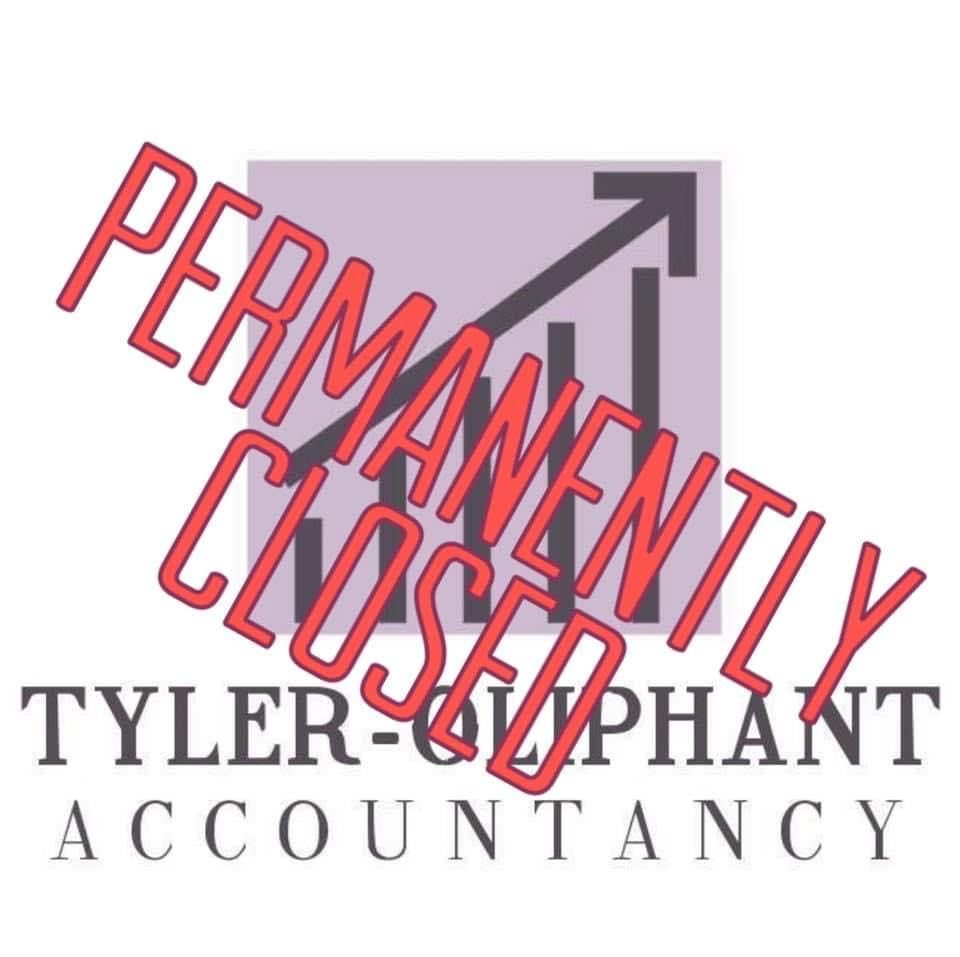There are two types of costs that businesses face and these are called “capital” expenditure and “revenue” expenditure.
For this explanation I will only be discussing unincorporated businesses (not companies).
REVENUE
The most common type of expenditure is revenue.
Revenue expenditure covers the costs of the day-to-day running of a business. This can include stationery, rent, fuel, cleaning supplies, stock, wages, etc.
Revenue costs will be shown as an expense in the business accounts and as a deduction on the tax return (unless they are expenses not allowed for tax purposes).
CAPITAL
Capital costs cover the purchase or improvement of an asset, which you expect to remain within the business for more than one year e.g. a vehicle, a desk, a computer, a piece of machinery, etc.
Unlike revenue expenditure, the treatment in the accounts and on the tax return is different for capital expenditure.
CAPITAL – ACCOUNTS
In the accounts the purchase is shown as an asset on the balance sheet.
The expenditure is stretched out over the useful life of the asset, allowing a portion each year as an expense called “depreciation”.
The depreciation in turn is offset against the asset on the balance sheet, showing it to be worth less each accounting year.
The whole cost is not allowed in the year of purchase as it would be unfair when the whole asset will not be “used up” that year.
To illustrate this, let’s assume a new machine was purchased for £100,000 and it will last 10 years. Depreciation of £10,000 will be allowed each year for the 10 years, eventually totalling the £100,000 cost.
CAPITAL – TAX RETURN
The capital expenditure and depreciation are not allowable deductions on a tax return. Instead, Capital Allowances are available.
If the asset qualifies for the Annual Investment Allowance (AIA) or First Year Allowance (FYA) then a full deduction for the cost of the asset may be available to claim in the year of purchase.
If the asset does not qualify for either of these, then the correct Capital Allowances pool must be determined. Depending on which it falls into, 8% or 18% can be claimed each year on a reducing balance basis.
The reducing balance basis works like this:
Assuming a £10,000 asset and an 8% rate
Year 1: 10,000 x 8% = £800 allowed. 10,000 – 800 = 9,200 remaining.
Year 2: 9,200 brought forward x 8% = £736. 9,200 – 736 = 8,464 remaining.
And so on.
There are of course more complex rules surrounding Capital Allowances and this is only the beginning of how they may work.
I AM LOOKING TO SELL A CAPITAL ITEM, SHOULD I SAY ANYTHING?
Yes! Tell your accountant or tax adviser.
Capital Gains Tax (CGT) may be charged on this sale and some planning may be able to reduce, push back or eliminate this charge.
In addition, this sale needs to be shown in your accounts and on your tax return.
Your accounts may show a “profit on disposal” or a “loss on disposal” after comparing the money you received for the asset and the current accounting net book value of that asset.
Your tax return may show a “balancing charge” (a reduction in expenses) or a “balancing allowance” (increase in expenses) depending on what Capital Allowances have been claimed to date and how much you sell the asset for. This may increase or reduce your tax liability.
Finally, other claims may be available to reduce, push back or eliminate a tax liability e.g. rollover relief.
I AM THINKING OF BUYING A CAPITAL ASSET, SHOULD I SAY ANYTHING?
Yes! Tell your accountant or tax adviser.
Allowances may be available on a similar but alternative asset or delaying the purchase may make allowances available – making the purchase more beneficial to you for tax purposes.
Finally, other claims may be available to reduce, push back or eliminate a tax liability e.g. rollover relief.
I HAVE MORE QUESTIONS
Please send me a message and we can have a chat.
